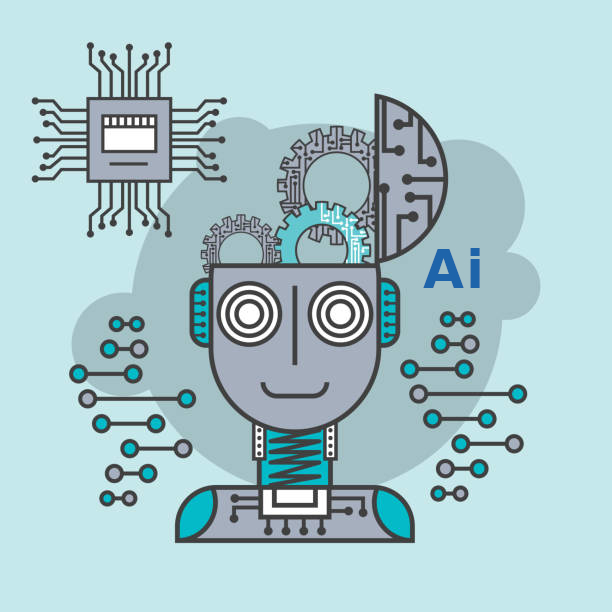
- Infection treatment. microenvironment-to-microorganism-type-specific, low intensity direct current. Effective for bacterial, viral and antibiotic resistant superbug infections.
- Infection treatment. microenvironment-to-microorganism-type-specific, low intensity direct current. Effective for bacterial, viral and antibiotic resistant superbug infections.
- Bioelectric healing. Realtime, self adaptive supplementation or replacement of the bioelectric controller of wound healing—the wound-generated electric field; boosts the natural 'current of injury'.
- Bioelectric healing. Realtime, self adaptive supplementation or replacement of the bioelectric controller of wound healing—the wound-generated electric field; boosts the natural 'current of injury'.
- Accelerated healing. Targeted bio-signaling stimulation of intracellular 'second messenger' molecule pathways: cyclic-A-M-P and cyclic-G-M-P that relay and amplify the messages for metabolic activity and healing.
- Accelerated healing. Targeted bio-signaling stimulation of intracellular 'second messenger' molecule pathways: cyclic-A-M-P and cyclic-G-M-P that relay and amplify the messages for metabolic activity and healing.
- Better healing, less scar tissue. Stimulates the self-modification of fibroblast cells in the wound to have tissue regeneration abilities resembling stem cell potentials.
- Better healing, less scar tissue. Stimulates the self-modification of fibroblast cells in the wound to have tissue regeneration abilities resembling stem cell potentials.
- Reduces pain. Effects on: inflammatory mast cells, cross-talk between pain signaling nerve fibers, nociceptor ion channels that detect harmful stimuli, reducing the transmission of pain signals.
- Reduces pain. Effects on: inflammatory mast cells, cross-talk between pain signaling nerve fibers, nociceptor ion channels that detect harmful stimuli, reducing the transmission of pain signals.
- SIS electrodes do not contact wound. No discomfort or disturbance of new (granulation) tissue growth.
- SIS electrodes do not contact wound. No discomfort or disturbance of new (granulation) tissue growth.
- No drug side effects or risks. Quick and easy to apply. For home and in clinic use.
- No drug side effects or risks. Quick and easy to apply. For home and in clinic use.
- Artificial Intelligence (AI) machine learning. Repeated electrical stimulation optimization for each individual wound. Device learns how to heal each specific wound and continuously improves its function.
- Artificial Intelligence (AI) machine learning. Repeated electrical stimulation optimization for each individual wound. Device learns how to heal each specific wound and continuously improves its function.
- International Patent Application Pending device & technology.
- International Patent Application Pending device & technology.

